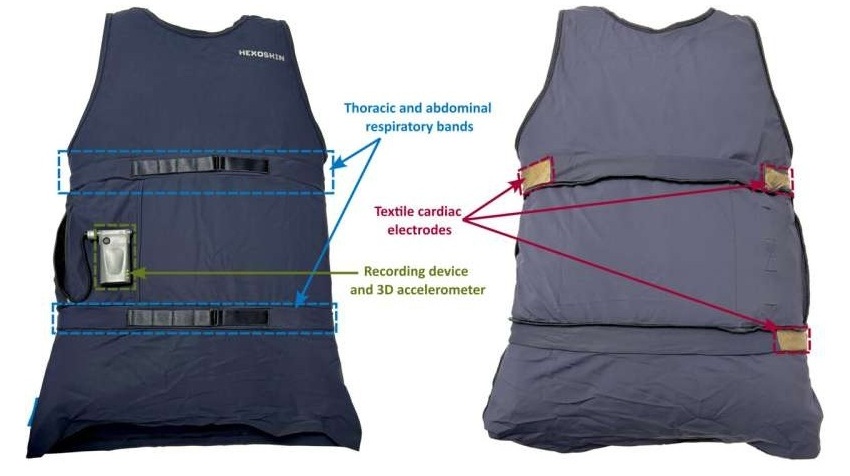Smart Laparoscopic Tool Allows Surgeons to “Feel” Tissues During Minimally-Invasive Surgery
|
By HospiMedica International staff writers Posted on 27 Jun 2022 |
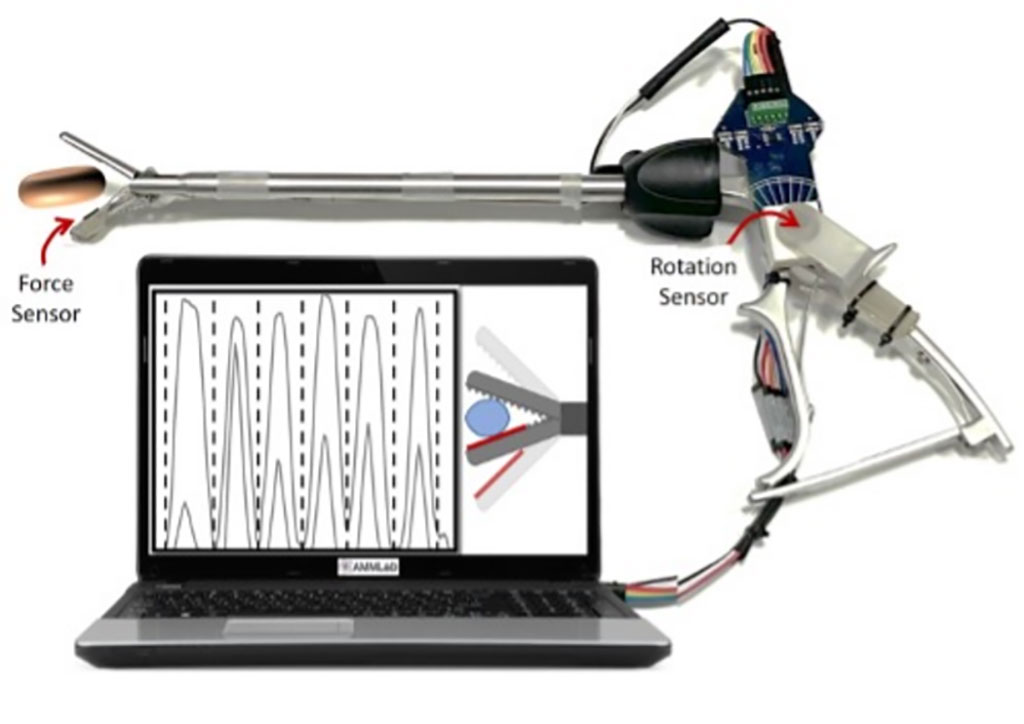
Minimally-invasive surgery (MIS), also known as “keyhole surgery,” has many advantages. Using specialized surgical instruments with thin, long tube-like shafts associated with endoscopes and surgical graspers, needles, and shears, MIS allows visualization and surgical access to target organs through small incisions. It requires shorter recovery times than “open surgery” and often involves less pain and scarring. Nonetheless, it offers surgeons limited field of vision and no ability to “feel” relative differences and stiffness of tissues during operation. Therefore, MIS operations are associated with the “lost sense of touch” dilemma for surgeons. Now, researchers have developed a simple, yet effective approach for on-demand tactile sensing in minimally-invasive surgery, overcoming the key limitation of the inability of surgeons to “feel” tissues during an operation.
A team of researchers from the NYU Abu Dhabi (Abu Dhabi, UAE) successfully tested the efficacy of their new tool, which uses off-the-shelf sensors integrated into a laparoscopic grasper. The researchers incorporated a system of commercially available sensors into common laparoscopic instruments to develop their Smart Laparoscopic Forceps (SLF), a system that measures in real-time the grasping force and angle of the grasped tissue using a force sensor on the grasping jaw and an angle sensor at the handle.
The data is analyzed using a microcontroller, and the grasping feedback is displayed on a monitor. Based on the deformation parameters captured by the two sensors, this smart tool gives the surgeon a relative stiffness index of the tissue on top of the applied force magnitude to help with decision-making throughout the surgery. Using this approach, conventional surgical tools can be made smart with tactile feedback features, on-demand, and in plug-and-play configuration.
The prototype was tested in the lab with the help of surgeons using different soft and hard tissues, including home-fabricated samples with known stiffness, raw and cooked chicken meat samples, as well as sheep samples from digestive organs including stomach and bowel. Results showed that the developed tool significantly helped them in accurately sort the different samples based on their stiffness. Further, the developed tool was able to identify hidden embedded lumps within these samples, demonstrating the capability to offer surgeons tactile feedback information including grasping forces, organ stiffness, and the presence of embedded lumps.
“During open surgeries, surgeons use their fingers to interact with internal tissues and organs, giving them tactile information that informs real-time surgical decisions,” said Wael Othman, a PhD candidate in Mechanical Engineering and the first author of the study. “But open surgeries come with costs, including the need for major incisions and potential serious consequences, including pain, risk of infection and lengthy recovery times. Our approach is exciting because it gives surgeons similar tactile information that, until now, has been missing during minimally-invasive surgeries.”
Related Links:
NYU Abu Dhabi
Latest Surgical Techniques News
- New Study Findings Could Halve Number of Stent Procedures
- Breakthrough Surgical Device Redefines Hip Arthroscopy
- Automated System Enables Real-Time "Molecular Pathology" During Cancer Surgery
- Groundbreaking Procedure Combines New Treatments for Liver Tumors
- Ablation Reduces Stroke Risk Associated with Atrial Fibrillation
- Optical Tracking Method Identifies Target Areas in Robot-Assisted Neurosurgery
- General Anesthesia Improves Post-Surgery Outcomes for Acute Stroke Patients
- Drug-Coated Balloons Can Replace Stents Even in Larger Coronary Arteries
- Magnetic Kidney Stone Retrieval Device Outperforms Ureteroscopic Laser Lithotripsy
- Absorbable Skull Device Could Replace Traditional Metal Implants Used After Brain Surgery
- Magic Silicone Liquid Powered Robots Perform MIS in Narrow Cavities
- 'Lab-on-a-Scalpel' Provides Real-Time Surgical Insights for POC Diagnostics in OR
- Biodegradable Brain Implant Prevents Glioblastoma Recurrence
- Tiny 3D Printer Reconstructs Tissues During Vocal Cord Surgery
- Minimally Invasive Procedure for Aortic Valve Disease Has Similar Outcomes as Surgery
- Safer Hip Implant Design Prevents Early Femoral Fractures
Channels
Critical Care
view channel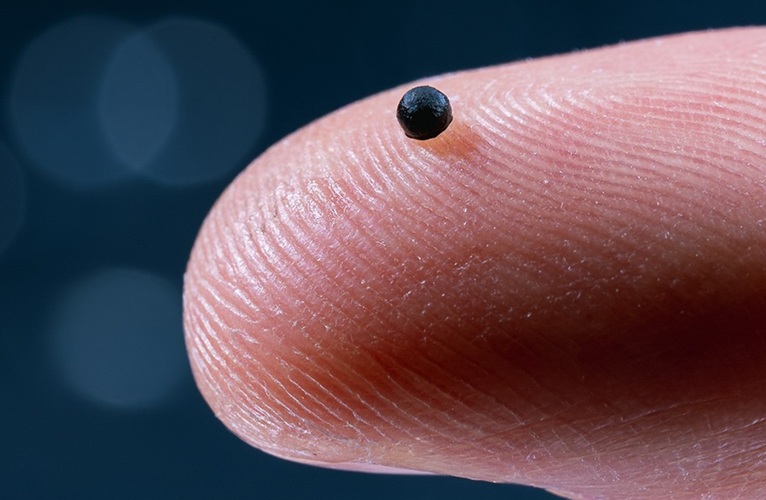
Magnetically Guided Microrobots to Enable Targeted Drug Delivery
Stroke affects 12 million people globally each year, often causing death or lasting disability. Current treatment relies on systemic administration of clot-dissolving drugs, which circulate throughout... Read more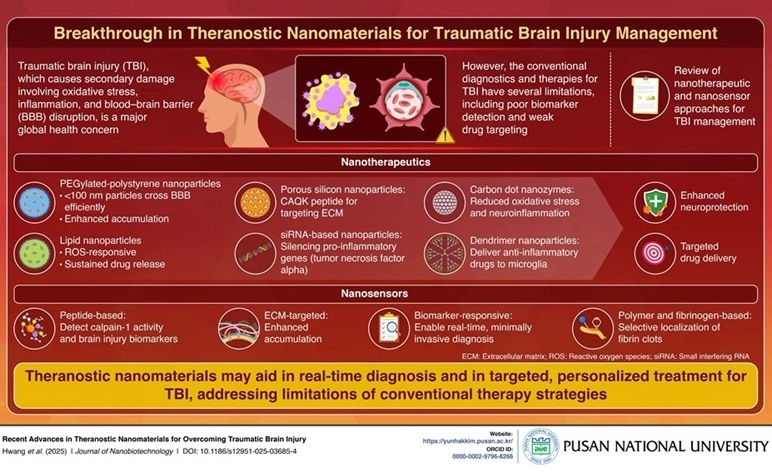
Smart Nanomaterials Detect and Treat Traumatic Brain Injuries Simultaneously
Traumatic brain injury (TBI) continues to leave millions with long-term disabilities every year. After a sudden impact from a fall, collision, or accident, the brain undergoes inflammation, oxidative stress,... Read more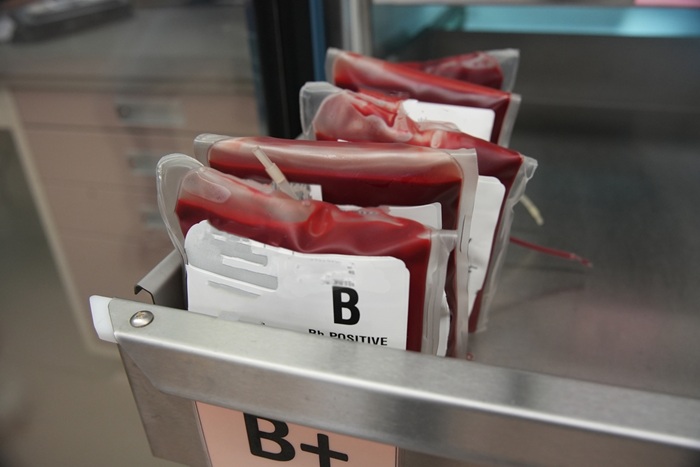
Earlier Blood Transfusion Could Reduce Heart Failure and Arrhythmia in Heart Disease Patients
Blood loss during or after surgery can place significant stress on people with heart disease, increasing the risk of dangerous complications. Transfusions are often delayed until hemoglobin levels fall... Read morePatient Care
view channel
Revolutionary Automatic IV-Line Flushing Device to Enhance Infusion Care
More than 80% of in-hospital patients receive intravenous (IV) therapy. Every dose of IV medicine delivered in a small volume (<250 mL) infusion bag should be followed by subsequent flushing to ensure... Read more
VR Training Tool Combats Contamination of Portable Medical Equipment
Healthcare-associated infections (HAIs) impact one in every 31 patients, cause nearly 100,000 deaths each year, and cost USD 28.4 billion in direct medical expenses. Notably, up to 75% of these infections... Read more
Portable Biosensor Platform to Reduce Hospital-Acquired Infections
Approximately 4 million patients in the European Union acquire healthcare-associated infections (HAIs) or nosocomial infections each year, with around 37,000 deaths directly resulting from these infections,... Read moreFirst-Of-Its-Kind Portable Germicidal Light Technology Disinfects High-Touch Clinical Surfaces in Seconds
Reducing healthcare-acquired infections (HAIs) remains a pressing issue within global healthcare systems. In the United States alone, 1.7 million patients contract HAIs annually, leading to approximately... Read moreHealth IT
view channel
EMR-Based Tool Predicts Graft Failure After Kidney Transplant
Kidney transplantation offers patients with end-stage kidney disease longer survival and better quality of life than dialysis, yet graft failure remains a major challenge. Although a successful transplant... Read more
Printable Molecule-Selective Nanoparticles Enable Mass Production of Wearable Biosensors
The future of medicine is likely to focus on the personalization of healthcare—understanding exactly what an individual requires and delivering the appropriate combination of nutrients, metabolites, and... Read moreBusiness
view channel
Philips and Masimo Partner to Advance Patient Monitoring Measurement Technologies
Royal Philips (Amsterdam, Netherlands) and Masimo (Irvine, California, USA) have renewed their multi-year strategic collaboration, combining Philips’ expertise in patient monitoring with Masimo’s noninvasive... Read more
B. Braun Acquires Digital Microsurgery Company True Digital Surgery
The high-end microsurgery market in neurosurgery, spine, and ENT is undergoing a significant transformation. Traditional analog microscopes are giving way to digital exoscopes, which provide improved visualization,... Read more
CMEF 2025 to Promote Holistic and High-Quality Development of Medical and Health Industry
The 92nd China International Medical Equipment Fair (CMEF 2025) Autumn Exhibition is scheduled to be held from September 26 to 29 at the China Import and Export Fair Complex (Canton Fair Complex) in Guangzhou.... Read more












